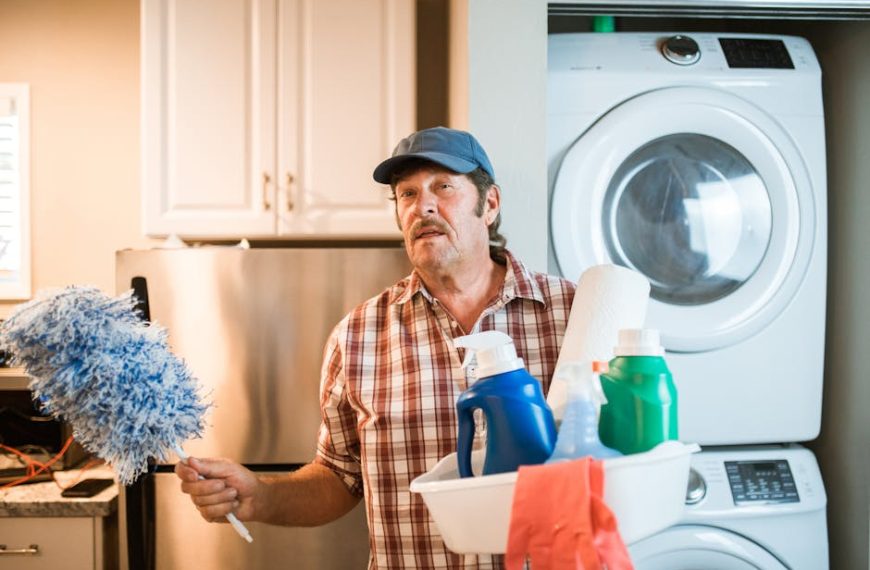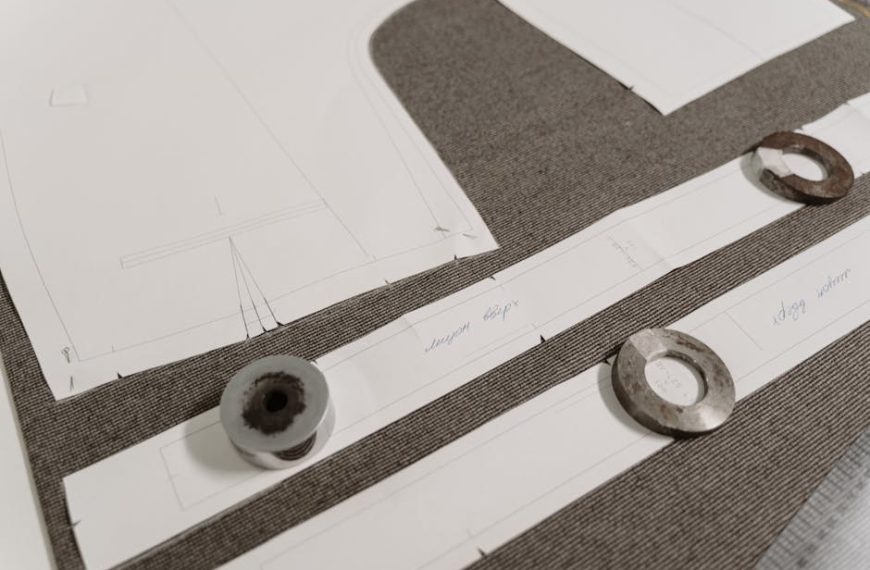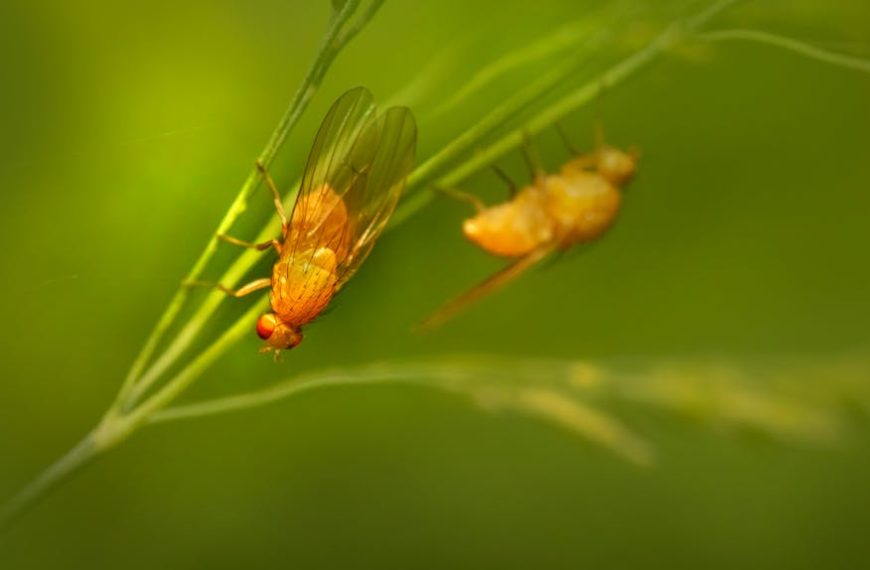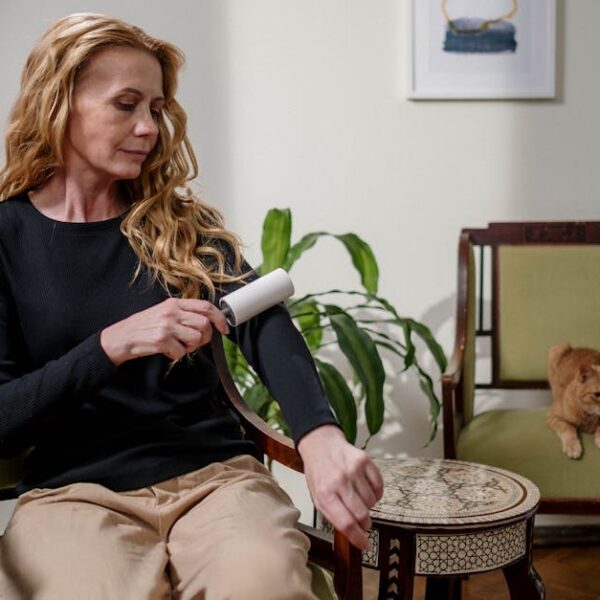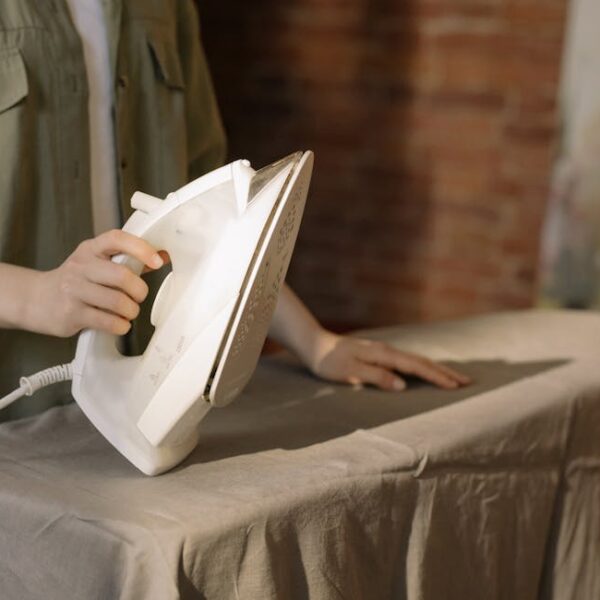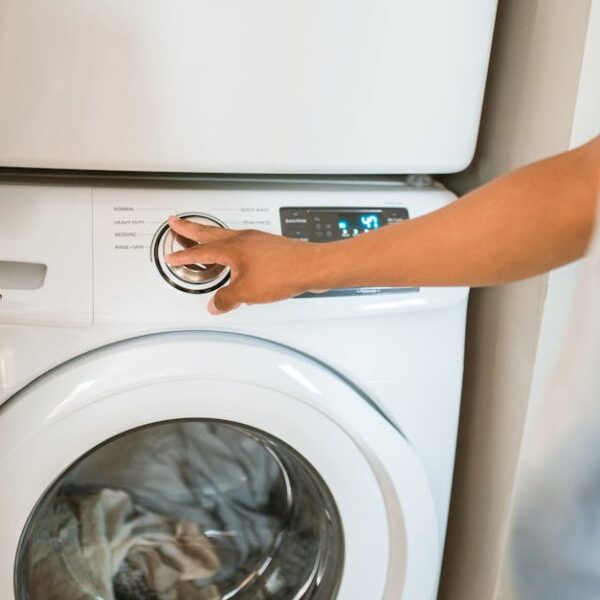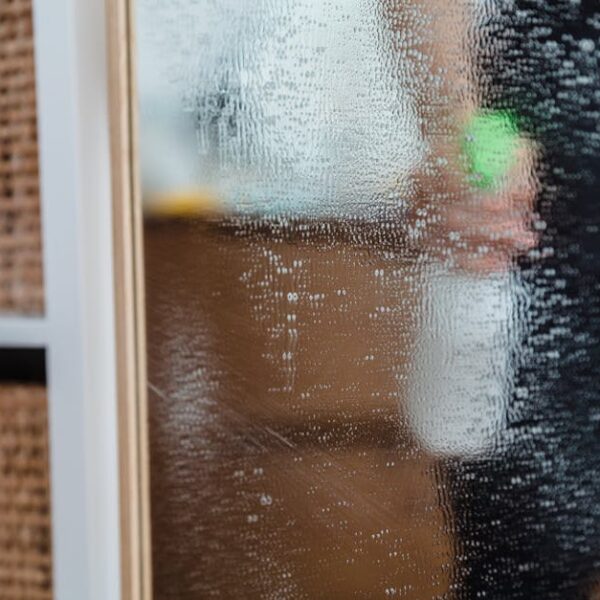Borax, a naturally occurring mineral composed of sodium, boron, oxygen, and water, is a versatile cleaner that can be utilized in several ways at home. Thanks to its alkalinity and potency in breaking down proteins and carbohydrates, borax can make the rough work of household cleaning tasks easier, safer, and more efficient.
Using Borax For Household Cleaning Tasks
From scorched pans in the kitchen to grimy bathroom tiles, borax effectively cuts through dirt, grime, and sticky residues. Its alkalinity helps break down organic matter and soften water, making it an impressive candidate for a variety of household cleaning tasks.
Surfaces and materials that can be cleaned using borax include:
- Tiles
- Carpets
- Stainless steel
- Porcelain
Pro Tip: Always test the color-fastness of fabrics or surfaces before using borax. Apply a small amount of the borax solution on an inconspicuous part of the material and let it dry to check for any discoloration.
When it comes to cleaning with borax, safety and the right proportioning are crucial. Start by mixing borax with warm water – a typical ratio is half a cup of borax to one gallon of warm water for general cleaning. Always wear protective gloves while handling borax as it can be a skin irritant.
Pest Control using Borax
Borax can help keep uninvited pests such as ants, roaches, and even mice at bay due to its toxicity to insects and small animals. While it is not the fastest acting pest control method, it can be one of the most effective over time.
Checklist for using Borax for pest control:
- Identify affected areas.
- Choose the right borax-based recipe for the pest.
- Apply the mixture properly in the target areas.
Going head-to-head with commercial pest control methods, borax offers a reduced health impact as it is less hazardous to humans and pets. However, bear in mind that it might take a while for borax to completely eradicate the pests compared to its commercial counterparts.
Boosting Laundry Detergents with Borax
Borax can boost the cleaning power of your laundry detergent by increasing its effectiveness against stains and odors. It helps to break down stains, neutralize odors, and brighten fabrics.
Here are the steps to use borax with your laundry detergent:
- Add ½ cup of borax to every load along with the recommended amount of detergent.
- For heavy and stubborn stains, pre-soak the fabrics in a mixture of borax and water before washing.
Remember to always test for color-fastness when using borax with colorful or delicate fabrics, as borax can potentially cause fading. As a contrast to regular detergent alone, adding borax to your laundry can lead to more effective stain removal and brighter, fresher-smelling clothes.
Stay tuned for more amazing ways to use borax around the house, including its uses as a deodorizer and in gardening!
Can I Use Borax in My DIY Fruit Fly Trap for Better Results?
Using Borax can enhance your efforts when you create your own fruit fly trap. It acts as an effective insecticidal agent, attracting and eliminating those pesky pests. Simply combine Borax with sugary bait for a more potent solution, ensuring your DIY trap works efficiently and helps maintain a fruit fly-free environment.
Using Borax as A Deodorizer
One of the lesser-known uses of borax is its ability to cancel out strong odors in various locations around your home due to its alkali nature. It can effectively absorb and neutralize strong smells in your refrigerator, trash cans, or even pet litter boxes.
Here are some other places where borax can work its deodorizing magic:
- Shoes and gym bags
- Carpet
- Garbage disposal
- Kitchen sink
Managing Borax effectively as a deodorizer requires the right technique with controlled use. A little excessive use of borax can do more harm than good. Sprinkle a thin layer of borax on the target area and let it sit for several hours or overnight before vacuuming or rinsing it off. Remember to keep pets and children away from borax-treated areas until it’s been cleaned up.
Borax in Gardening – Improving Tree and Plant Health
Borax isn’t just a star in the home cleaning theater but also shines brightly in the gardening arena. It provides essential boron, a micronutrient that promotes the healthy growth and development of plants and trees. Boron deficiency in plants can lead to stunted growth, poor root development, and reduced fruit and seed production.
Plants that can benefit from borax include:
- Berries (especially strawberries, blackberries, and raspberries)
- Fruit trees
- Vegetables (particularly root vegetables like carrots and onions)
To use borax in your garden, follow the checklist below:
- Identify the plants which may be deficient in boron.
- Mix a tablespoon of borax with one gallon of water.
- Apply the mixture to the soil around the plants.
Though Borax is helpful, keep in mind that it should be used sparingly in a garden. Excessive boron can be toxic to plants and can lead to leaf yellowing or browning, and even death. Additionally, boron doesn’t easily leach out of the soil, so overuse can lead to a buildup that can continue to harm plants.
With its diverse uses, it’s clear that borax has earned its place in the household cleaning spotlight. From being a potent cleaner and effective pest control agent, to a laundry booster and a garden supplement – borax packs a wallop! Embrace this natural wonder and make your home cleaner, fresher, and greener, one borax footprint at a time.
Key Takeaway:
- Borax is a potent and versatile household cleaner due to its alkalinity and ability to breakdown proteins and carbohydrates.
- Borax is effective in pest control, albeit slower acting, but exhibits less harmful impacts on health as compared to traditional commercial methods.
- Enhancing laundry detergents with borax improves stain removal and brightens fabrics.
- Borax is an excellent home deodorizer, absorbing and neutralizing unwanted smells across different locations around the house.
- Borax, when used in gardening, provides essential boron, promoting the healthy growth and development of plants and trees.
In the realm of household upkeep, borax is truly a natural powerhouse. May it be cleaning, deodorizing, pest control, laundry booster, or even gardening aid, borax has proven its worth. With the right ways and mindful usage, harness the versatility of borax to keep your home cleaner, fresher, and greener.
FAQs
Q: Can borax be used on all types of fabrics in laundry?
A: Borax can be used with most fabrics, but it is always crucial to test for color-fastness before the first use. Apply a small amount of the borax solution on a hidden part of the fabric and let it dry to check for any discoloration.
Q: Is borax safe for use around children and pets?
A: While borax is less hazardous compared to commercial products, it is still recommended to keep it out of reach of children and pets. Always clean up borax-treated areas thoroughly before allowing access to children and pets.
Q: How can I know if my plants need borax?
A: Plants with a boron deficiency will often exhibit signs such as stunted growth, poor root development, and reduced fruit and seed production. If you notice these signs in your plants, a borax solution might be beneficial.
Q: Can borax be used on all household surfaces for cleaning?
A: Borax is typically safe for most surfaces, but not all. Always perform a spot test on a hidden area to ensure it doesn’t discolor or damage the material.
Q: Do pests build resistance to borax over time?
A: Currently, there are no known cases of pests building resistance to borax. However, borax’s effectiveness may vary depending on the type of pest and the specific situation.
We hope you found this guide on using borax helpful. Share it to help others discover the amazing ways to utilize borax. Don’t forget to explore more posts on our website for additional tips and insights!



